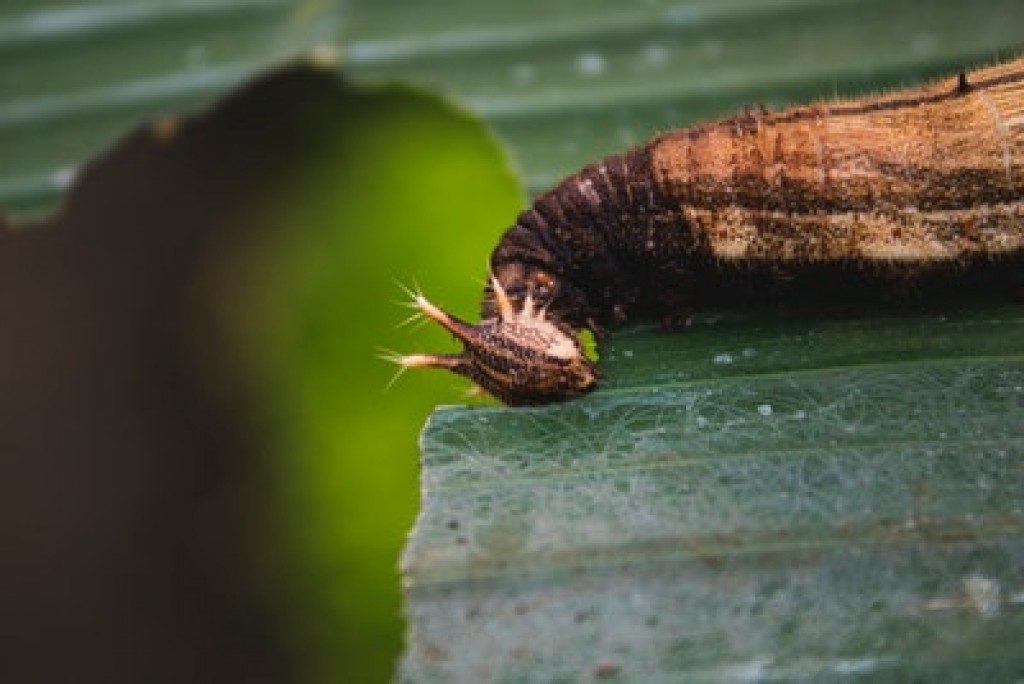Many property owners assume that all that is required in their lawn’s care is pruning of the plants and mowing of the grass periodically. After carrying out these seemingly important tasks, however, they are still left with unhealthy plants and a shabby looking lawn.
This is because though essential, there is more to lawn care than these two tasks. One of the often-ignored components of a healthy lawn is the eradication of all pests, which affect the growth of your plants.
This makes professional pest control services for your property in Vero Beach, FL, all the more essential in your lawn care regimen. These experts come with the know-how and tools to effectively rid your lawn of any pests which might hamper its look and your plants’ health.
One of the common pests are chewing pests. These consume your plants’ stems and leaves or burrow into their tissues thus damaging them. The following are some of the common chewing pests found on lawns and their control methods.
Tent Caterpillars
These are larvae found in attractive colors measuring about 1.5 inches with long hairs along their bodies’ sides. Tent caterpillars are typically seen in early spring and are associated with the tents or webs they construct in host plant’s small limbs.
These tents are their refuge from rainy weather. Tent caterpillars ordinarily attack hawthorn, plum, apple, and peach trees. Their webs should be pruned out immediately they are noticed, and insecticides containing malathion, Bacillus thuringiensis or diazinon applied to the affected spots.
Beetles

These include Japanese, imported willow leaf, flea, and elm leaf beetles which attack most varieties of ornamental and shade trees. Their damage initially manifests as the disappearance of the green parts of a plant’s leaves leaving behind only the leaf tissue’s veins.
The skeletonized leaf then takes a reddish brown or rusty tint. Pesticide application is generally timed to get rid of young larvae. The pesticides used in beetles contain carbaryl or acephate and will be applied repeatedly to mitigate invasion of your lawn from surrounding areas.
It is not easy to visualize the above chewing pests, and you will typically only notice their effects. Lawn pest professionals will, however, pick the precise pest causing your lawn’s destruction even before this destruction is evident.
Fall Webworms
These are green or pale-yellow larvae about an inch in length with broad dusky stripes running down their backs. They are commonly found inside webs at the tips of plant branches.
Fall webworms generally attack ornamental, coniferous and broadleaf trees and shrubs. Their control involves the application of pesticides containing acephate, or carbaryl on affected spots after the destruction of the webs.
Bagworms
These are found in a silken tear-shaped tough case which is often concealed under bark and twig fragments of layers of leaves. The bag contains an opening through which the worms crawl out to chew on plants.
Bagworms are usually found on coniferous and broadleaf trees and shrubs. Their eradication involves the spot application of products containing carbaryl or acephate after the destruction of their bags.
This way, the eradication of these pests will be inexpensive and faster compared to when they have increased and destroyed your plants.

